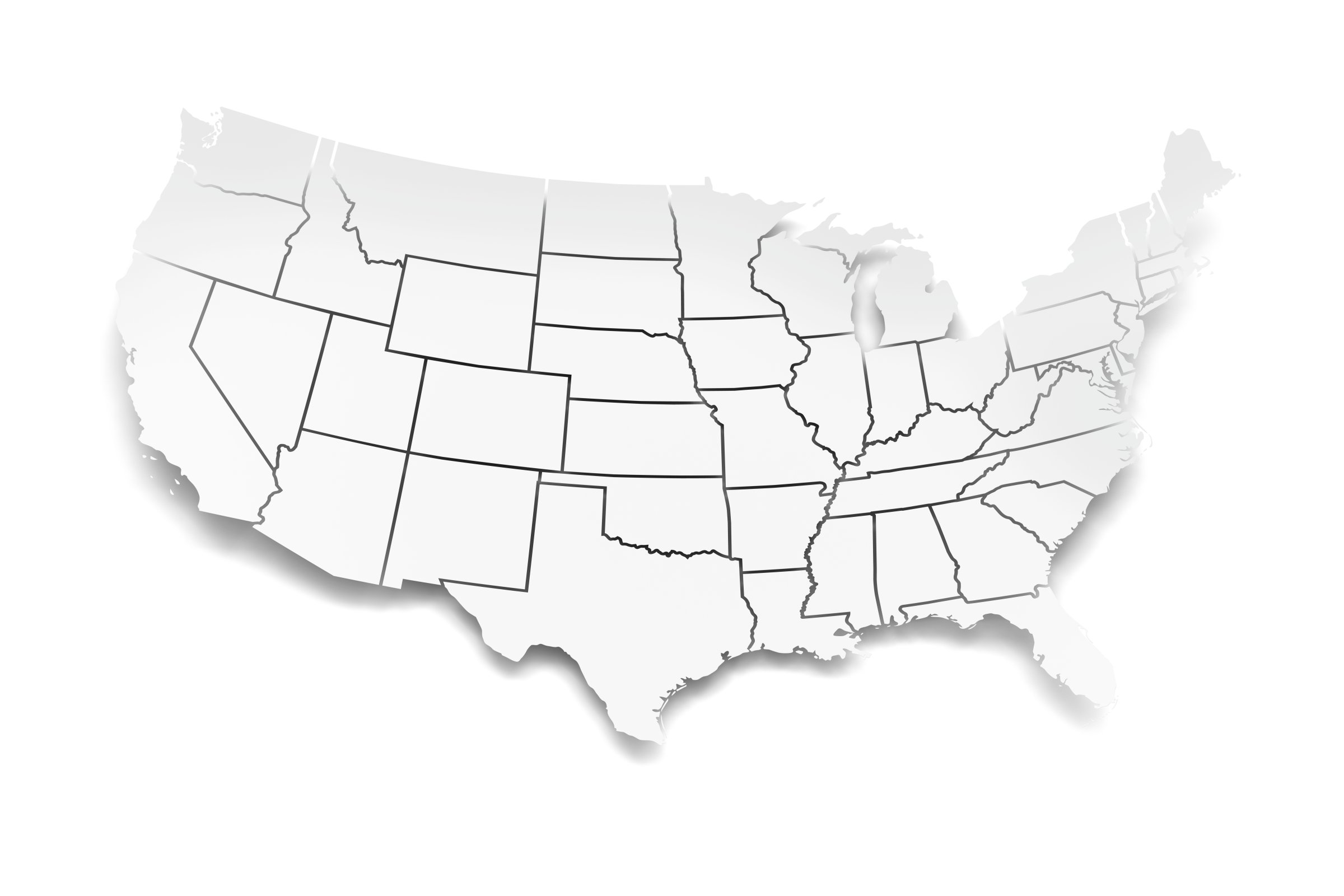
This post is in partnership with 24/7 Wall Street. The article below was originally published on 247WallSt.com.
The United States is one of the world’s most prosperous economies, with a gross domestic product that exceeded that of any other country last year. However, a vibrant economy alone does not ensure all residents are well off. In a recent study from the Organisation for Economic Co-operation and Development (OECD), U.S. states underperformed their regional counterparts in other countries in a number of important metrics that gauge well-being.
The OECD’s newly released study, “How’s Life in Your Region?: Measuring Regional and Local Well-Being for Policy Making,” compares nine important factors that contribute to well-being. Applying an equal weight to each of these factors, 24/7 Wall St. rated Mississippi as the worst state for quality of life.
Click here to see the 10 states with the worst quality of life
Click here to see the 10 states with the best quality of life
Monica Brezzi, author of the report and head of regional statistics at the OECD, told 24/7 Wall St. considering different dimensions of well-being at the regional level provides a way to identify “where are the major needs where policies can intervene.” Brezzi said that, in some cases, correcting one truly deficient measure can, in turn, lead to better results in others.
In order to review well-being at the regional level, the OECD used only objective data in its report, rather than existing survey data. Brezzi noted that current international studies that ask people for their opinion on important measures of well-being often do not have enough data to be broken down by region.
For example, one of the nine measures, health, is based on the mortality rate and life expectancy in each region, rather than on asking people if they feel well. Similarly, another determinant of well-being, safety, is measured by the homicide rate rather than personal responses as to whether people feel safe where they live.
Based on her analysis, Brezzi identified one area where American states are exceptionally strong. “All the American states rank in the top 20% of OECD regions in income,” Brezzi said. Mississippi– 24/7 Wall St.’s lowest-rated states — had the second-lowest per capita disposable household income in the nation, at $23,957. However, this still placed the state in the top 17% of of regions in all OECD countries.
However, the 50 states are also deficient in a number of key metrics for well-being. “With the exception of Hawaii, none of the American states are in the top 20% for health or for safety across the OECD regions,” Brezzi said. Alabama , for instance, was rated as the second worst state for health, with a mortality rate of 10.6 deaths per 1,000 residents and a life expectancy of 75.4 years. This was not just among the worst in America, but also in the bottom 13% of all OECD regions. Similarly, Louisiana — which was rated as the least state state in the nation — was the bottom 10% of OECD regions for safety.
Across most metrics the 50 states have improved considerably over time. Only one of the nine determinants of well-being, jobs, had worsened in most states between 2000 and 2013. Brezzi added that not only was the national unemployment rate higher in 2013 than in 2000, but “this worsening of unemployment has also come together with an increase in the disparities across states.”
Based on the OECD’s study, “How’s Life in Your Region?: Measuring Regional and Local Well-being for Policy Making,” 24/7 Wall St. identified the 10 states with the worst quality of life. We applied an equal weight to each of the nine determinants of well-being — education, jobs, income, safety, health, environment, civic engagement, accessibility to services and housing. Each determinant is constituted by one or more variables. Additional data on state GDP are from the Bureau of Economic Analysis (BEA), and are current as of 2013. Further figures on industry composition, poverty, income inequality and health insurance coverage are from the U.S. Census Bureau’s 2013 American Community Survey. Data on energy production come from the Energy Information Administration (EIA) and represent 2012 totals.
These are the 10 states with the worst quality of life.
10. Georgia
> Employment rate: 64.7% (10th lowest)
> Household disposable income per capita: $26,426 (13th lowest)
> Homicide rate: 5.7 per 100,000 (13th highest)
> Voter turnout: 61.9% (tied-22nd lowest)
Georgia residents have among the worst quality of life, based on the nine well-being factors measured. The state fared particularly poorly on the OECD’s jobs metric, as more than 9% of working-age adults were unemployed last year, among the highest rates nationwide. The high unemployment rate may be due, in part, to poor educational attainment rates — as was the case with a majority of the states with the worst quality of life. Less than 85% of Georgia’s workforce had at least a high school diploma in 2013, among the lowest rates in the country. Many Georgians also struggled with poverty, as 19% of the state’s population lived below the poverty line last year, versus 15.8% of all Americans.
ALSO READ: America’s Most (and Least) Educated States
9. New Mexico
> Employment rate: 63.8% (7th lowest)
> Household disposable income per capita: $25,183 (7th lowest)
> Homicide rate: 6.7 per 100,000 (4th highest)
> Voter turnout: 61.6% (19th lowest)
New Mexico is bigger than many European countries. Yet, its population hovers around just 2 million because it has large portions of virtually uninhabitable terrain. A low population density likely partly explains the state’s poor infrastructure. For example, only 54% of households had broadband Internet last year, less than in all but one other state. New Mexico residents were also not particularly wealthy, compared with other Americans. An average New Mexican had slightly more than $25,000 in disposable income in 2013, among the lowest in the country. And nearly 21% of the population lived in poverty that year, second only to Mississippi.
8. Louisiana
> Employment rate: 62.3% (3rd lowest)
> Household disposable income per capita: $28,418 (24th lowest)
> Homicide rate: 10.9 per 100,000 (the highest)
> Voter turnout: 66.3% (14th highest)
A typical Louisiana resident is expected to live less than 76 years, a lower life expectancy than in all but three other states. Many Louisiana communities are also quite dangerous. There were nearly 11 murders per 100,000 people in the state in 2013, the highest homicide rate nationwide and in the worst 10% of all OECD regions. Nearly 20% of the population lived in poverty in 2013, more than in all but two other states. Louisiana boasts a highly productive natural gas industry, with more than 3,000 trillion BTUs produced in 2012, more than any other state except for Texas. However, this also exposes the state’s economy to fluctuations in energy prices.
For the rest of the list, please go to 24/7WallStreet.com.
See the 10 Healthiest Cities to Live in America










More Must-Reads from TIME
- Donald Trump Is TIME's 2024 Person of the Year
- Why We Chose Trump as Person of the Year
- Is Intermittent Fasting Good or Bad for You?
- The 100 Must-Read Books of 2024
- The 20 Best Christmas TV Episodes
- Column: If Optimism Feels Ridiculous Now, Try Hope
- The Future of Climate Action Is Trade Policy
- Merle Bombardieri Is Helping People Make the Baby Decision
Contact us at letters@time.com